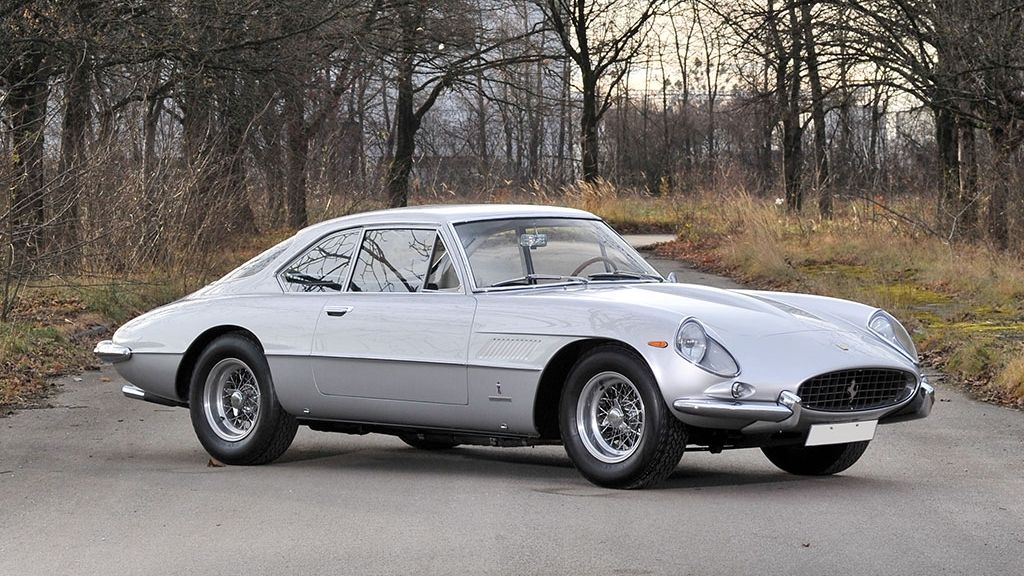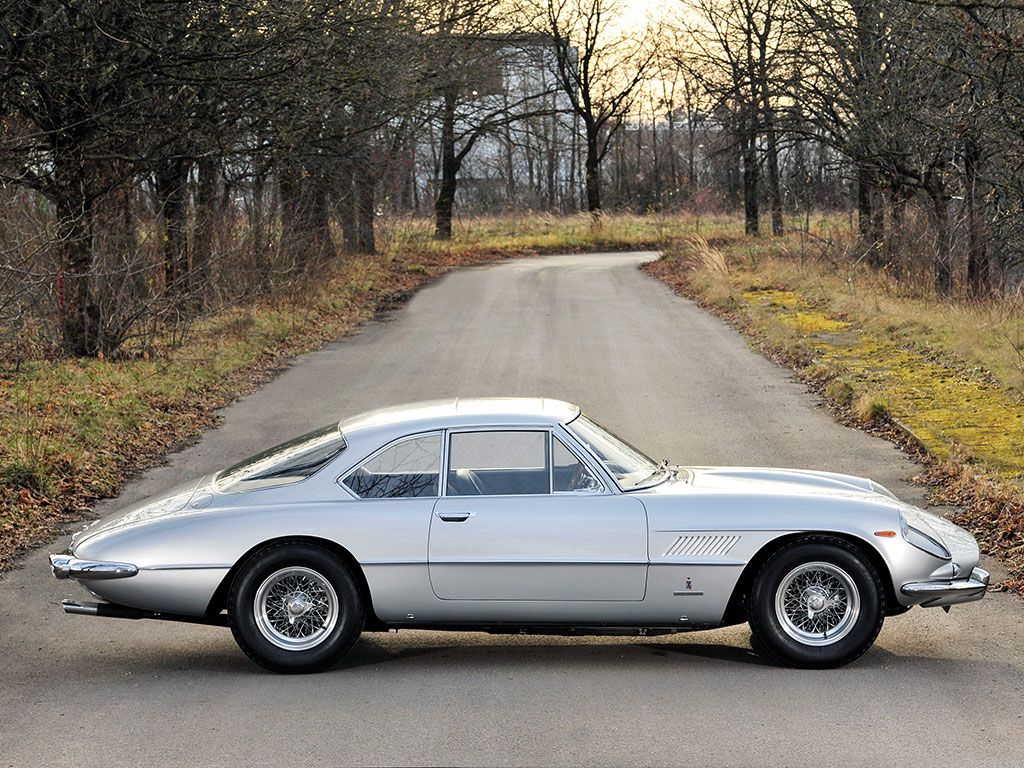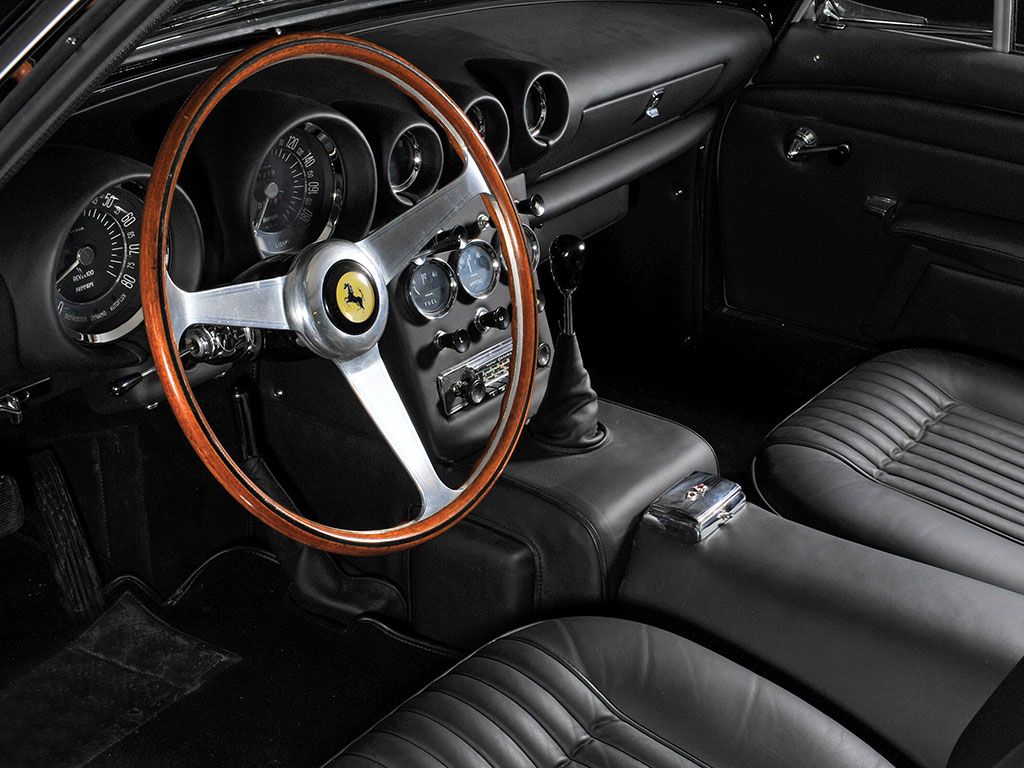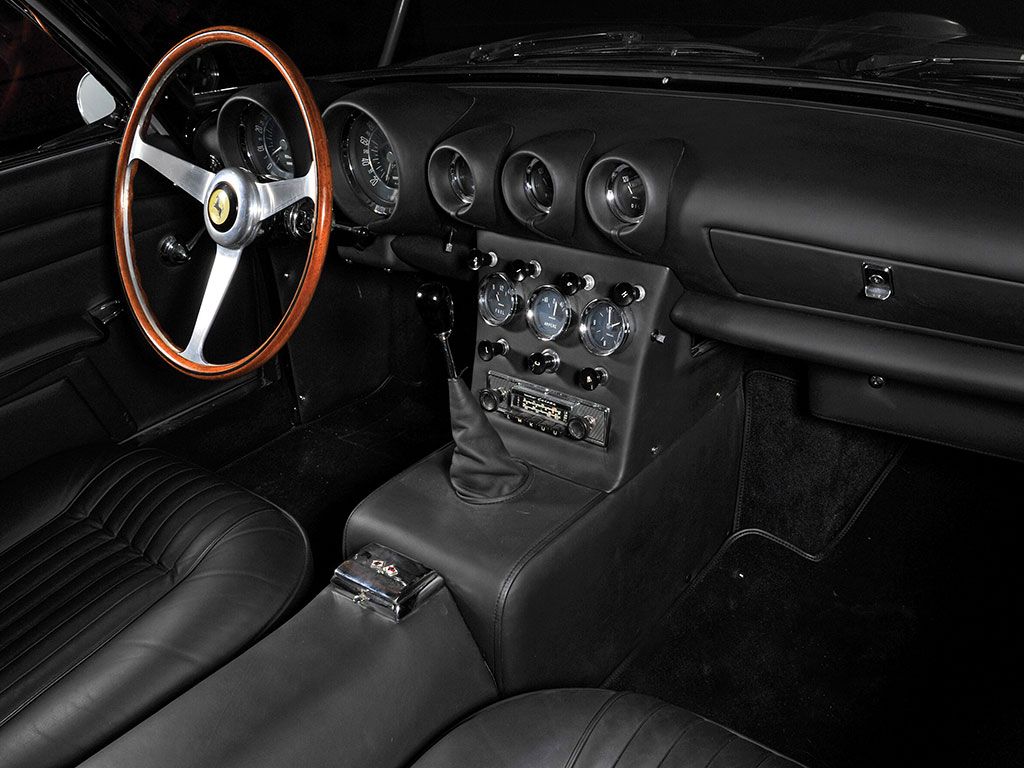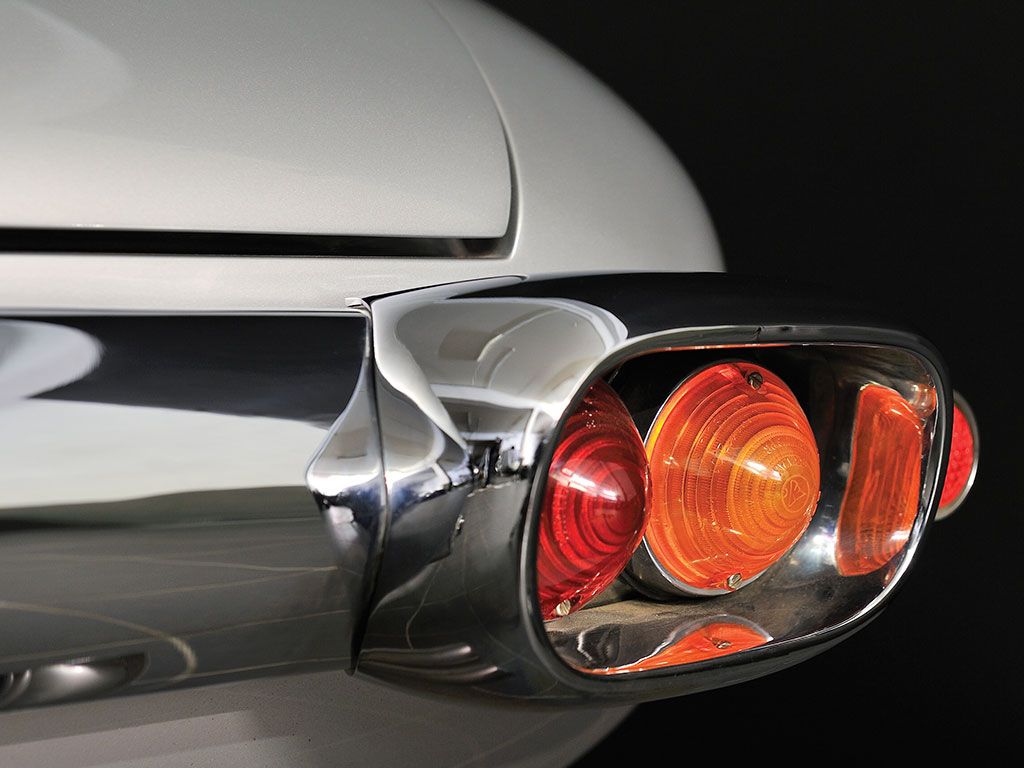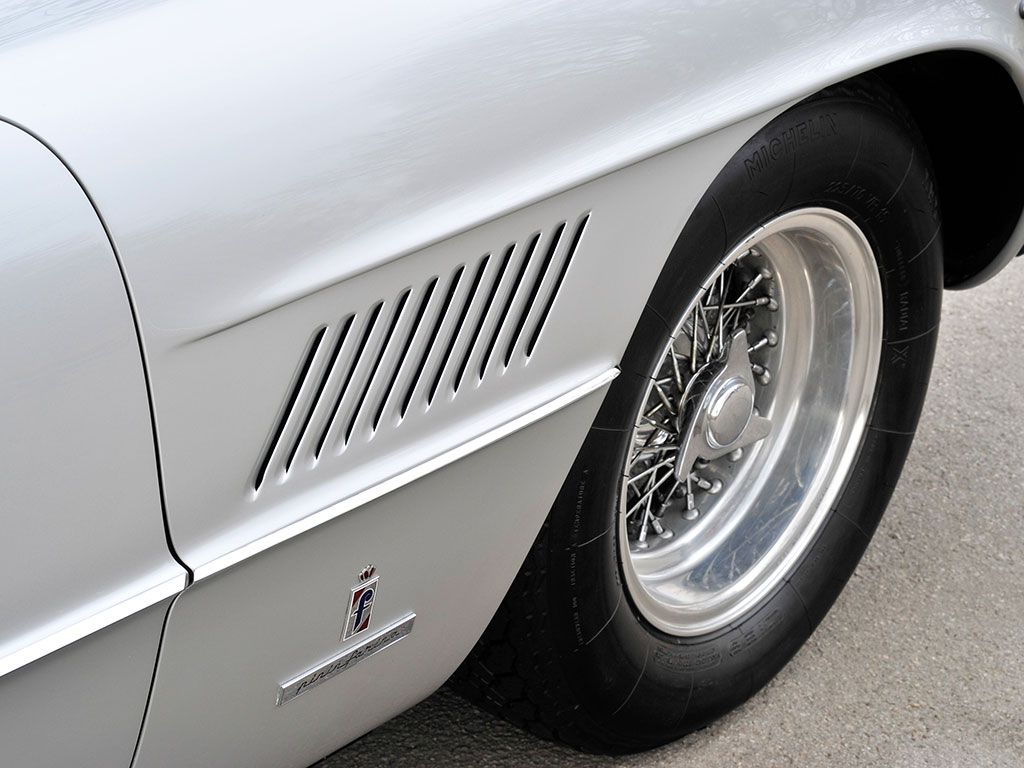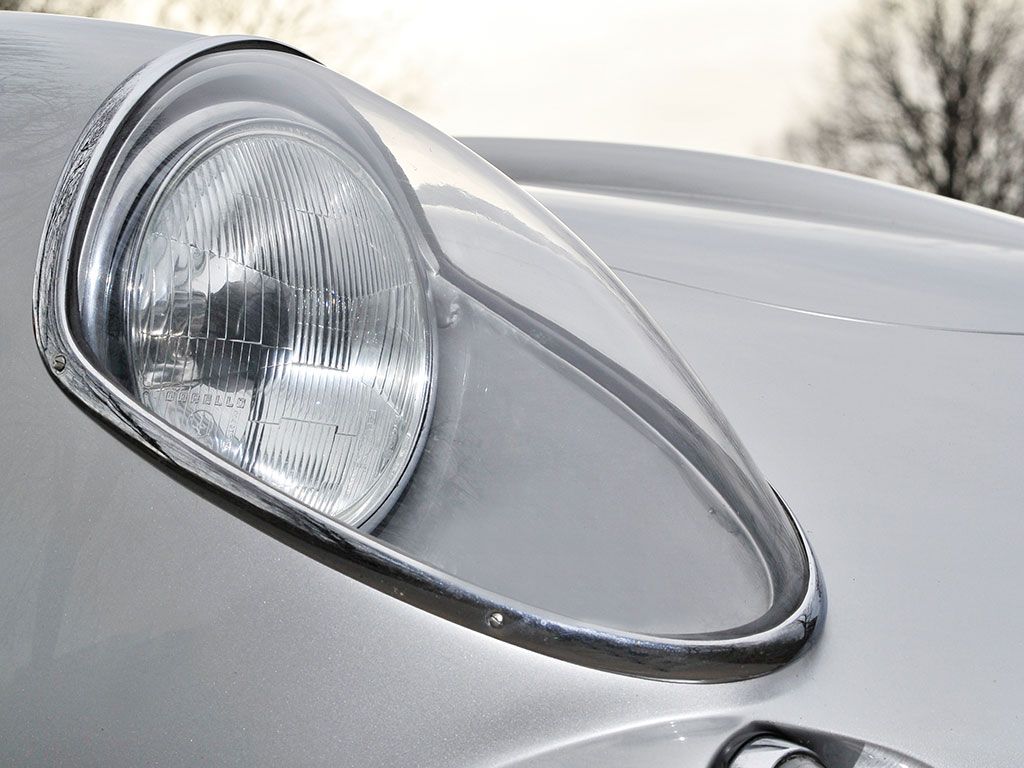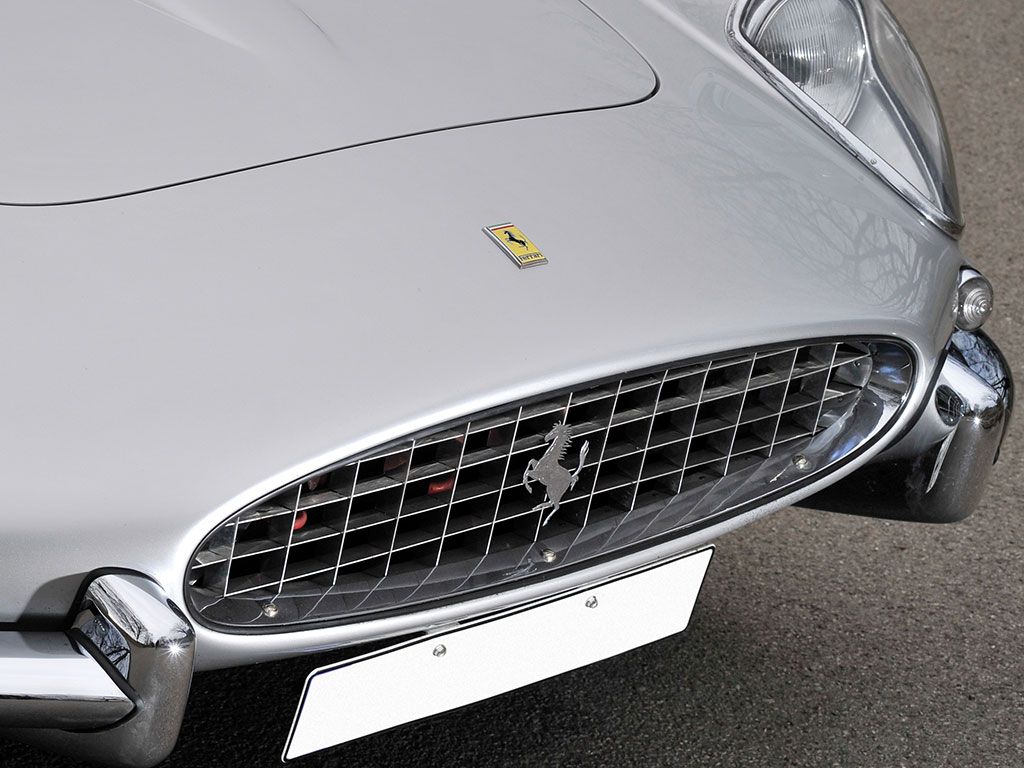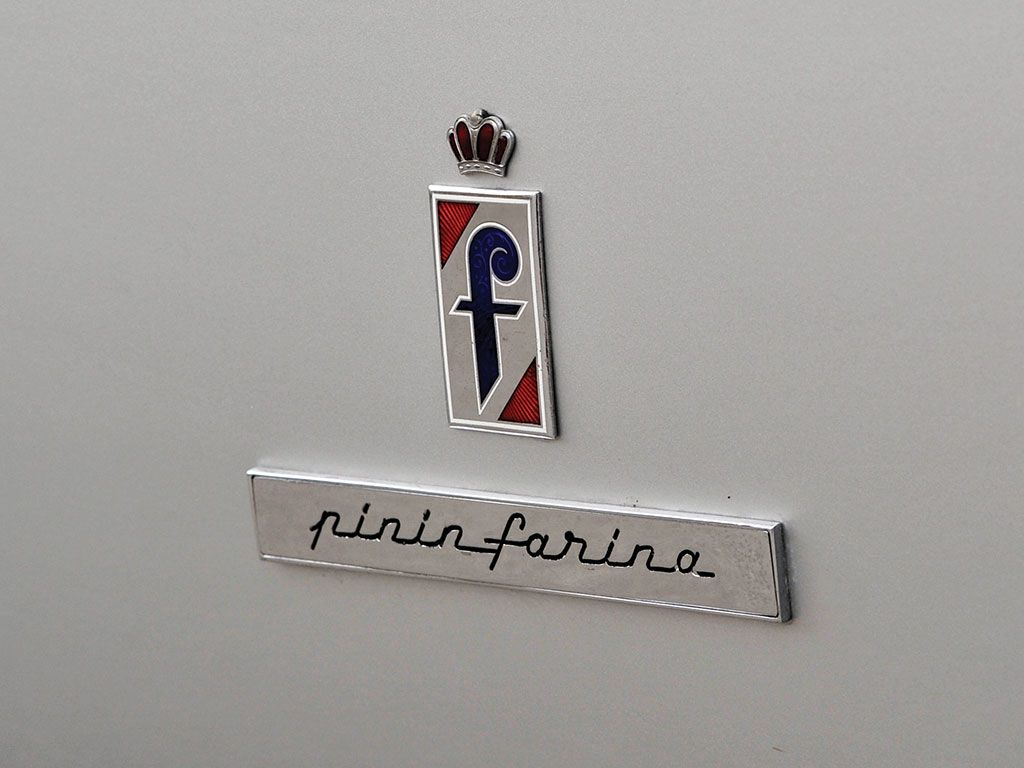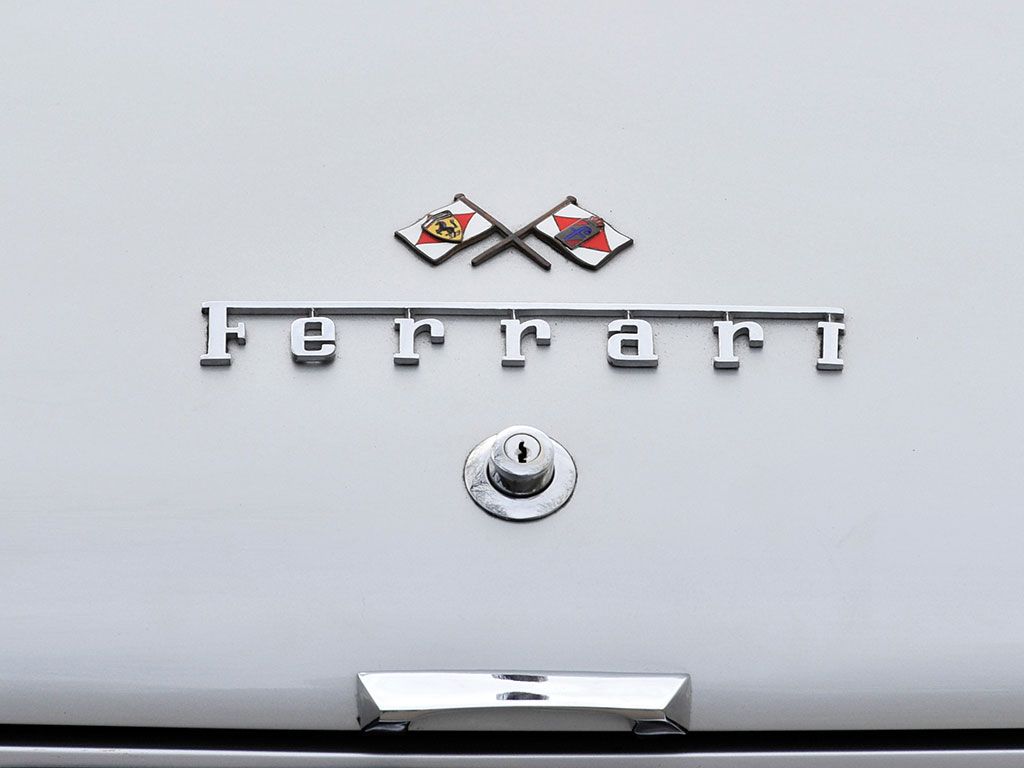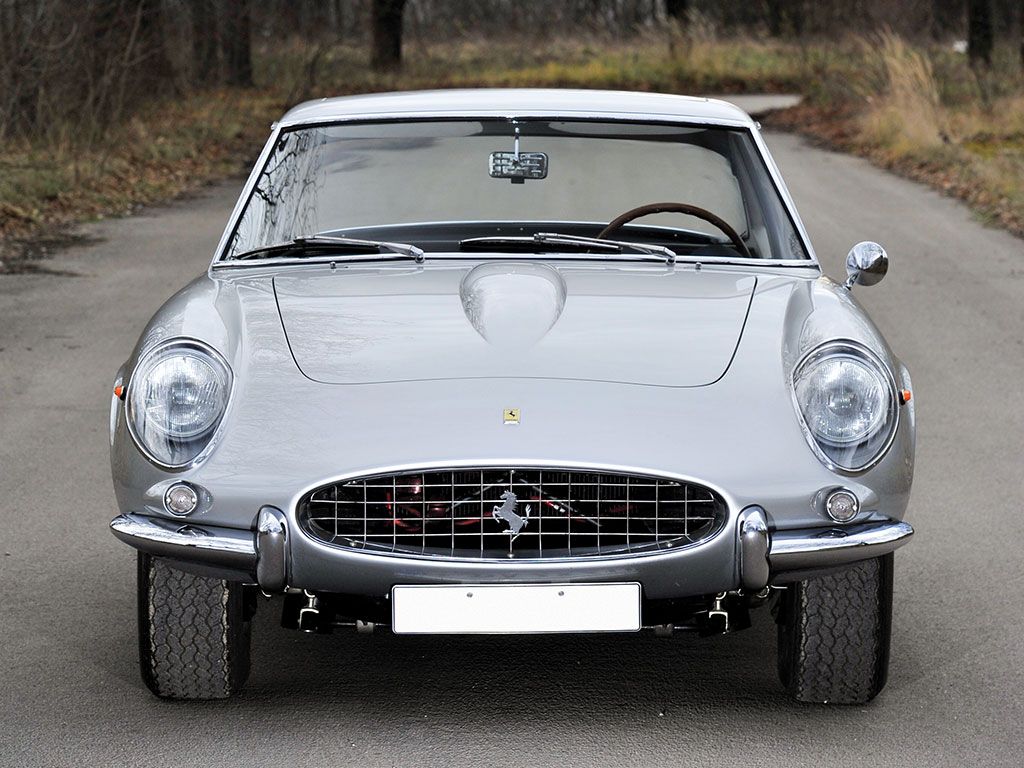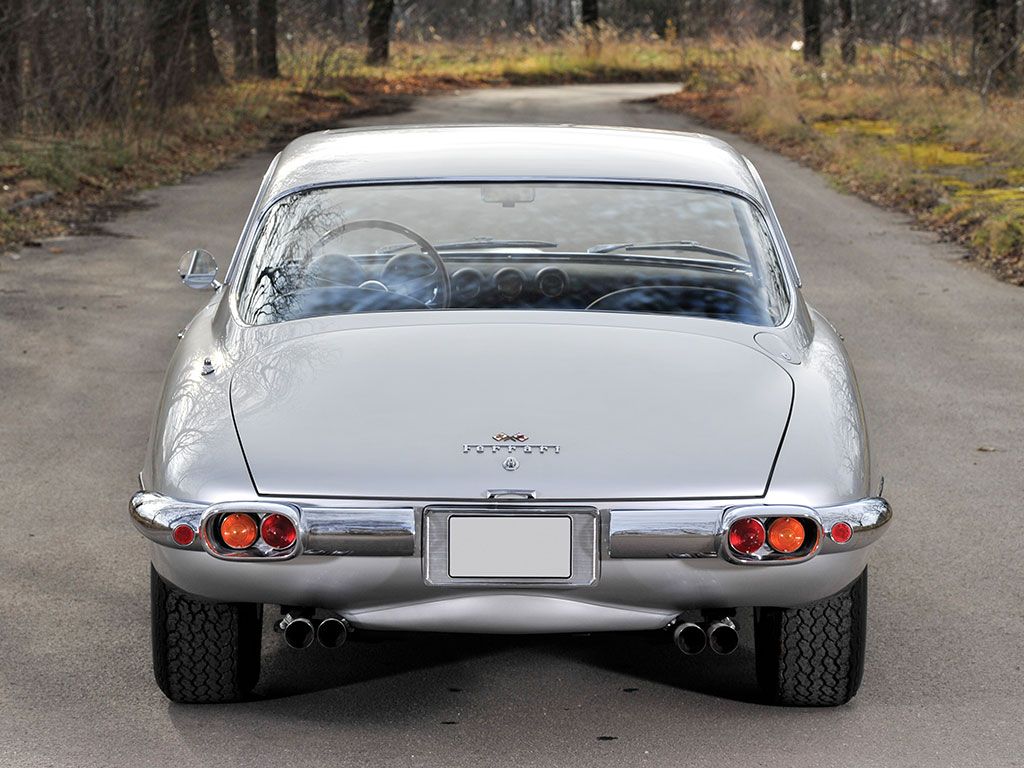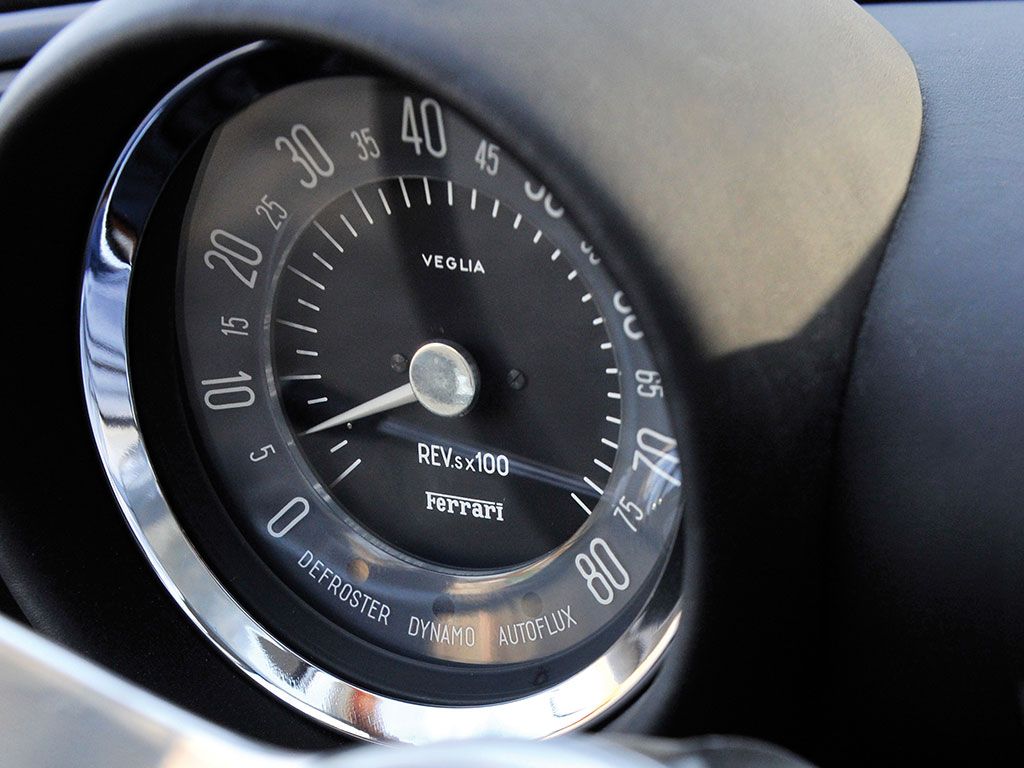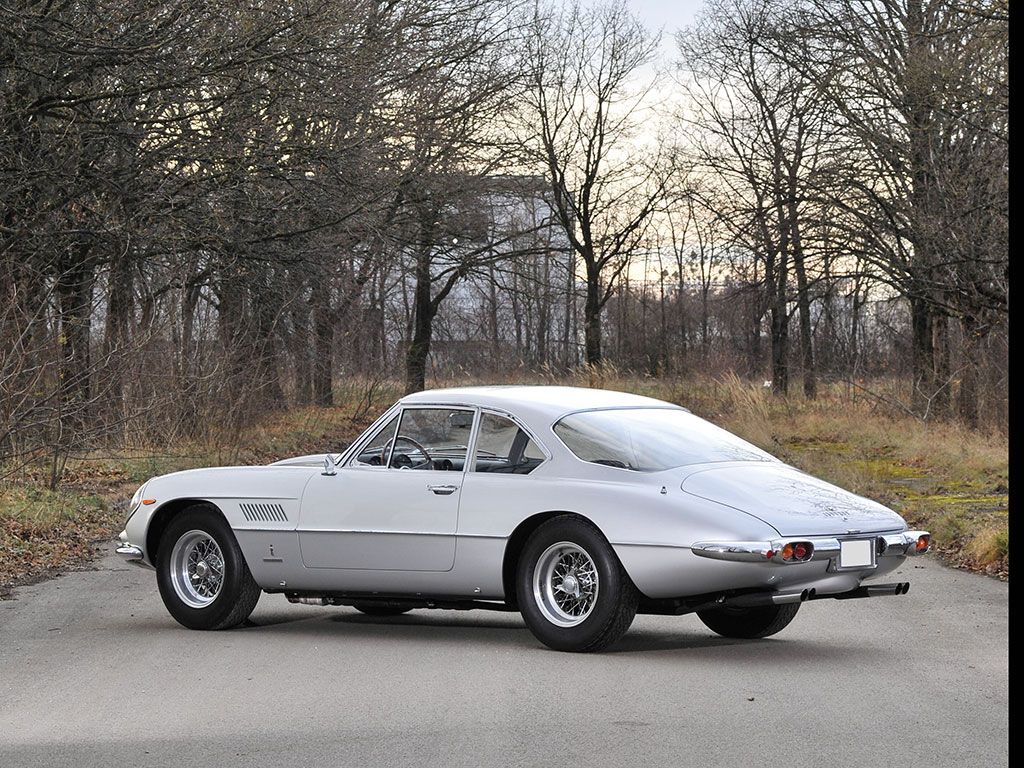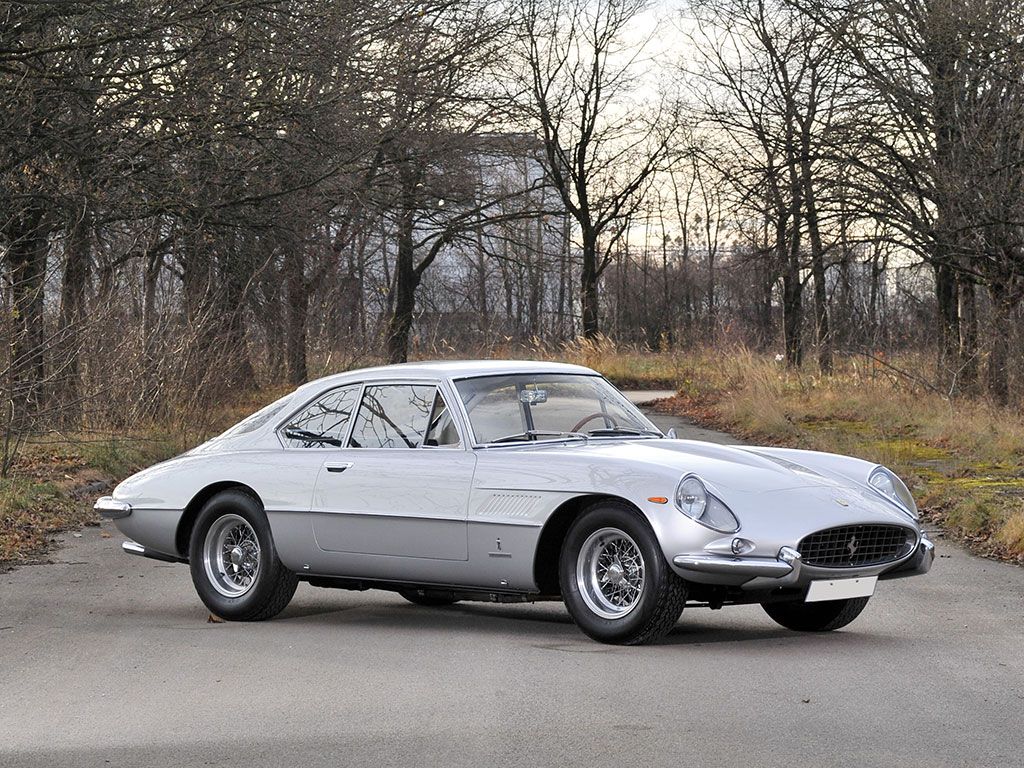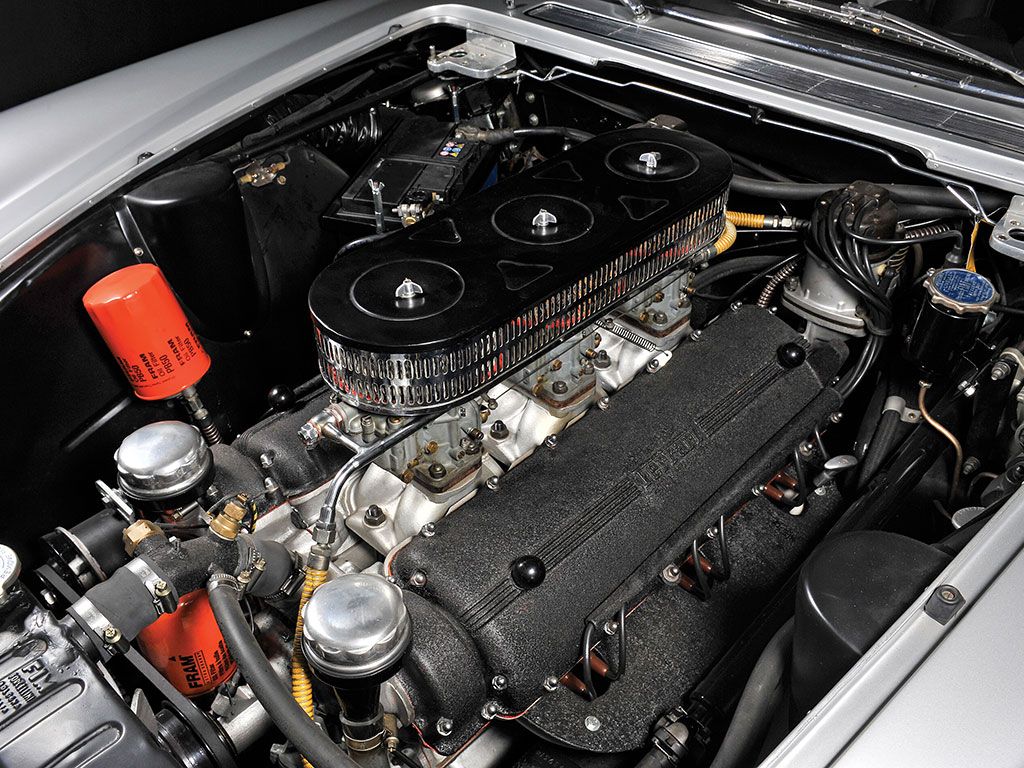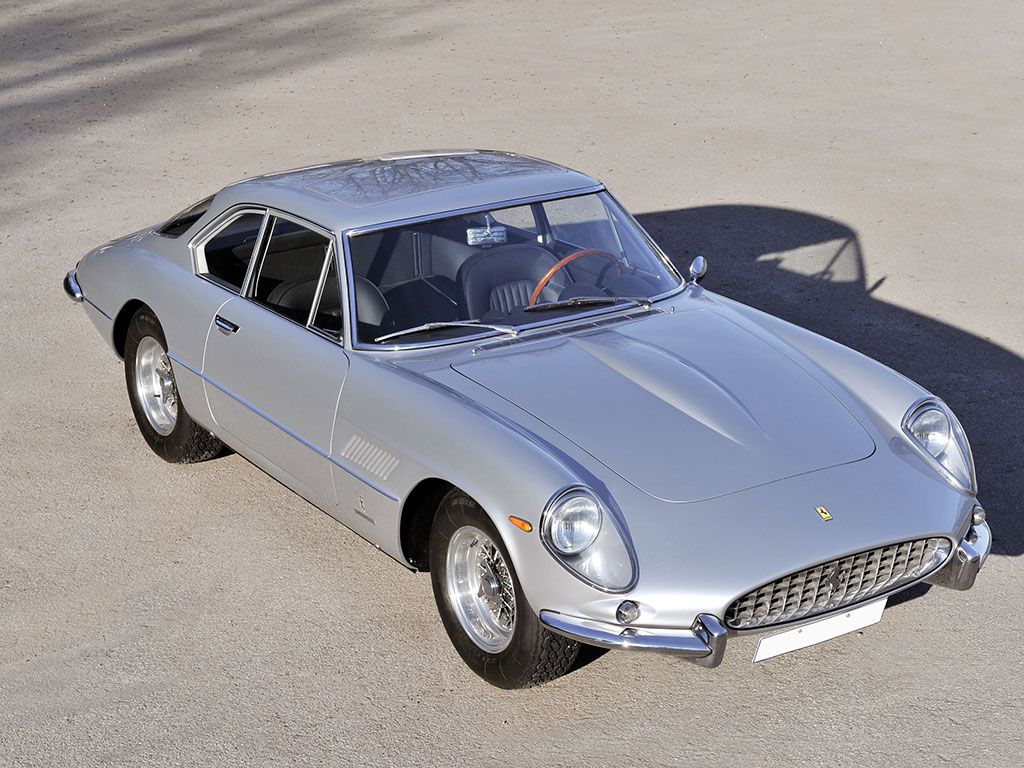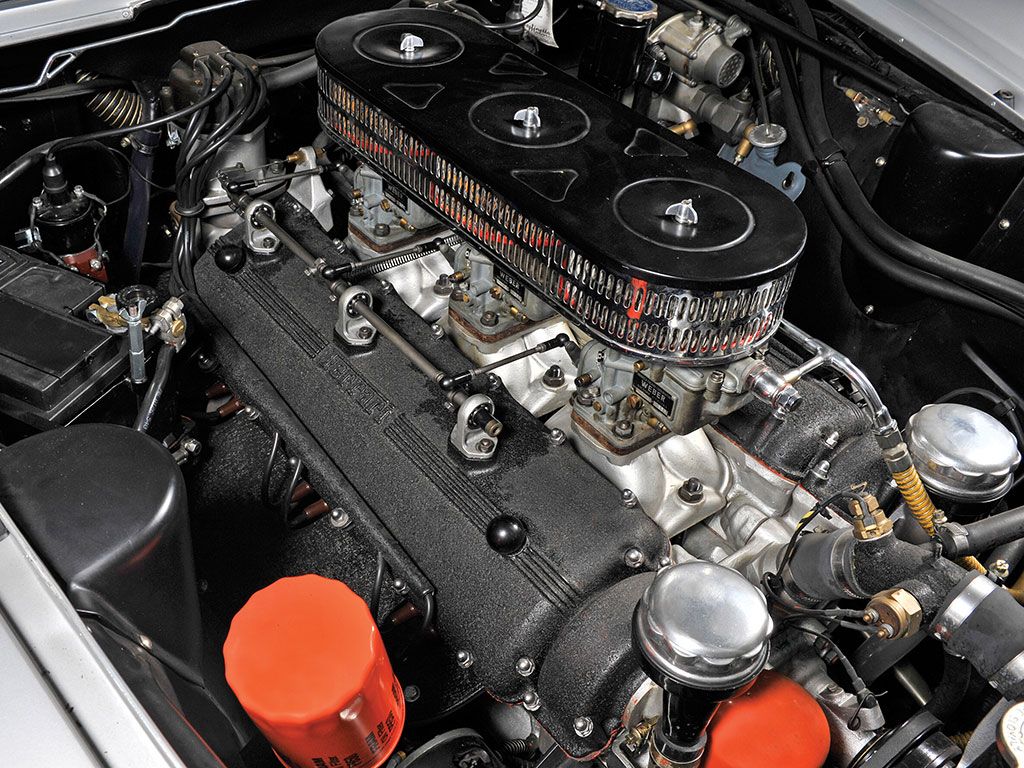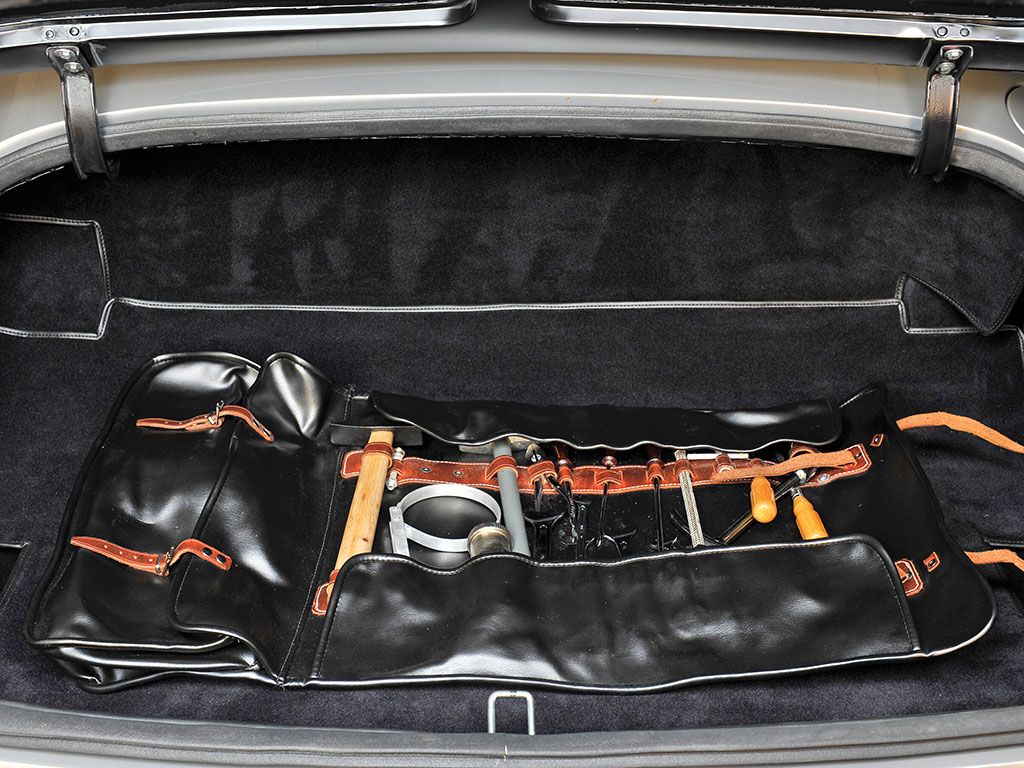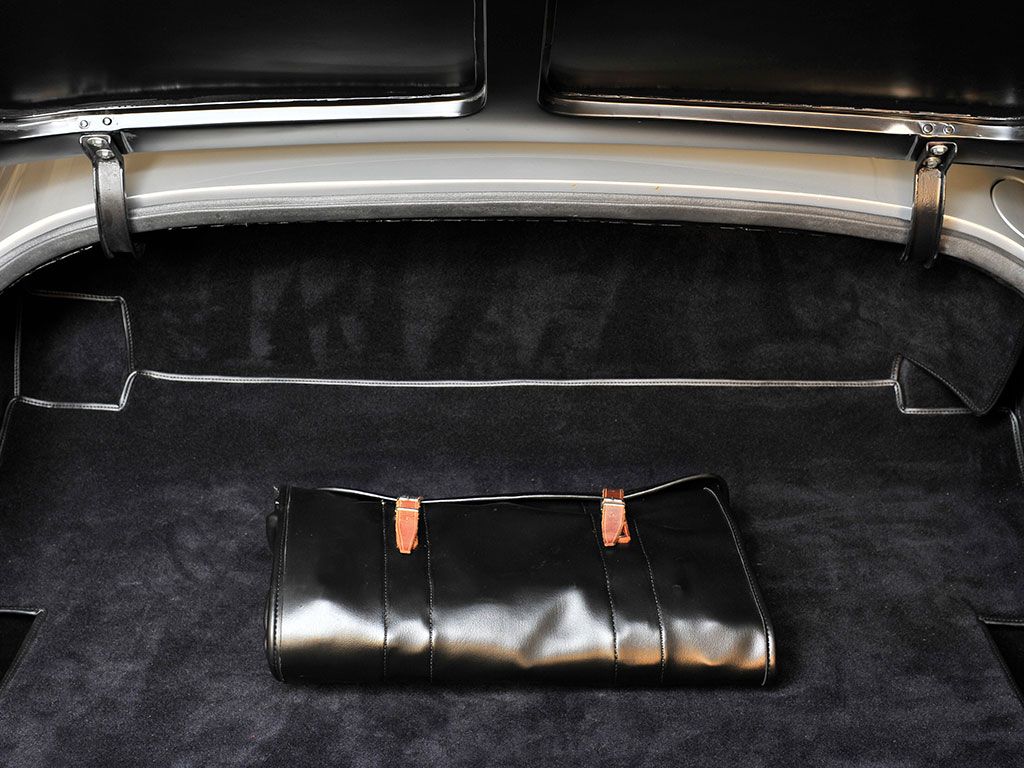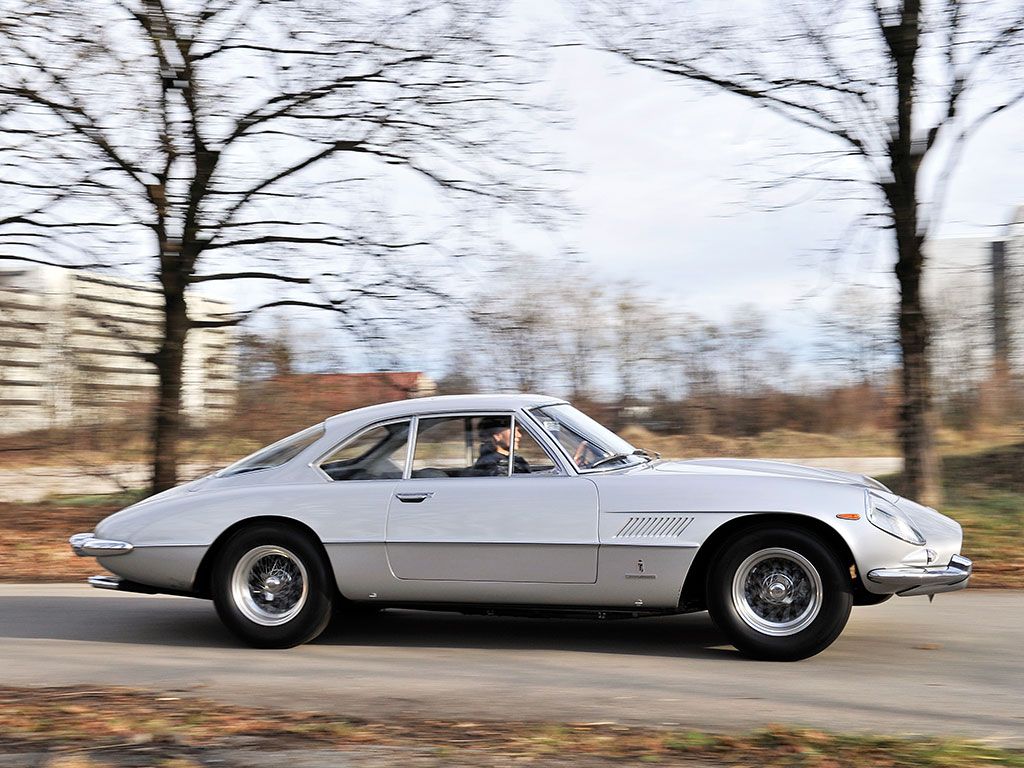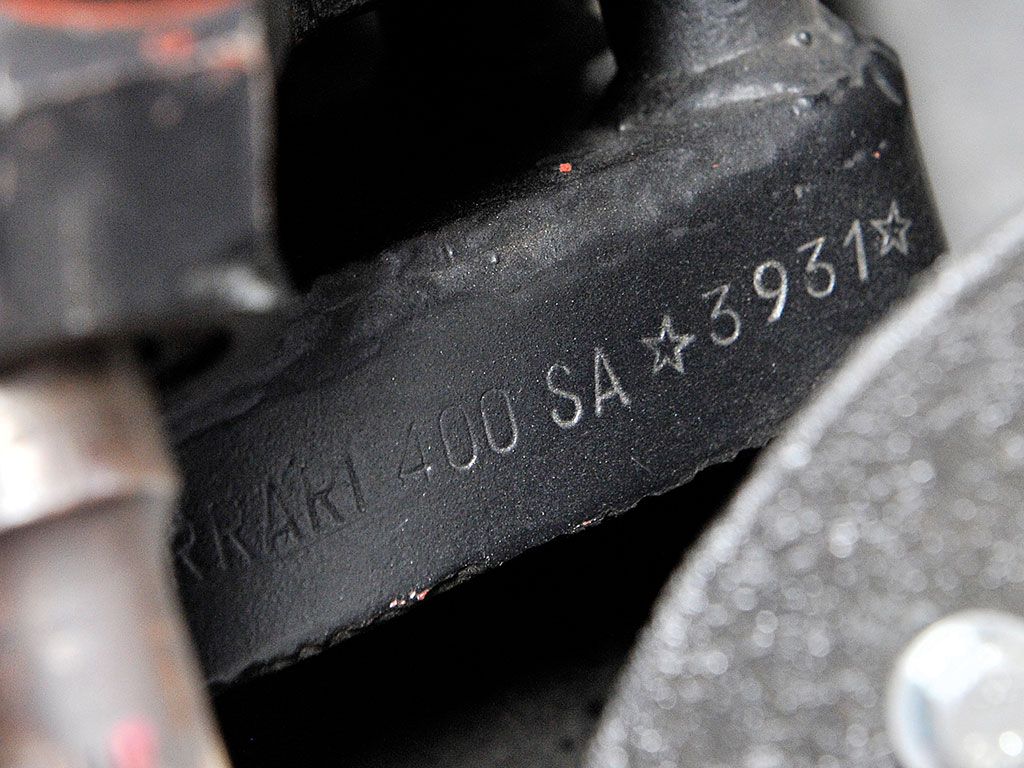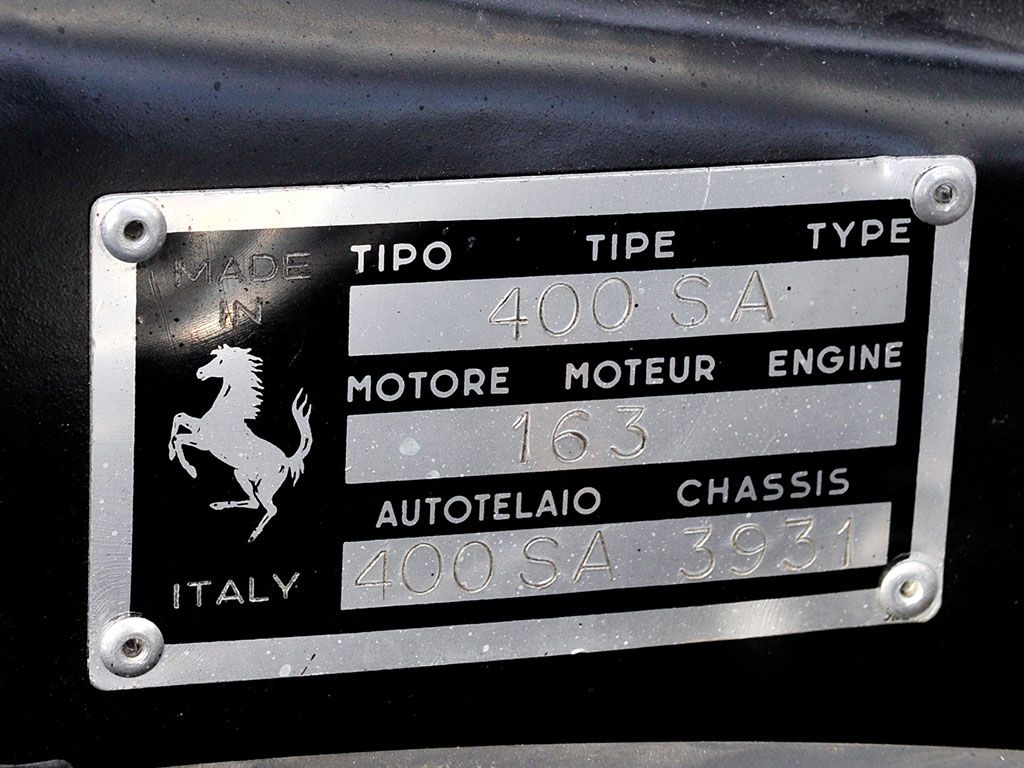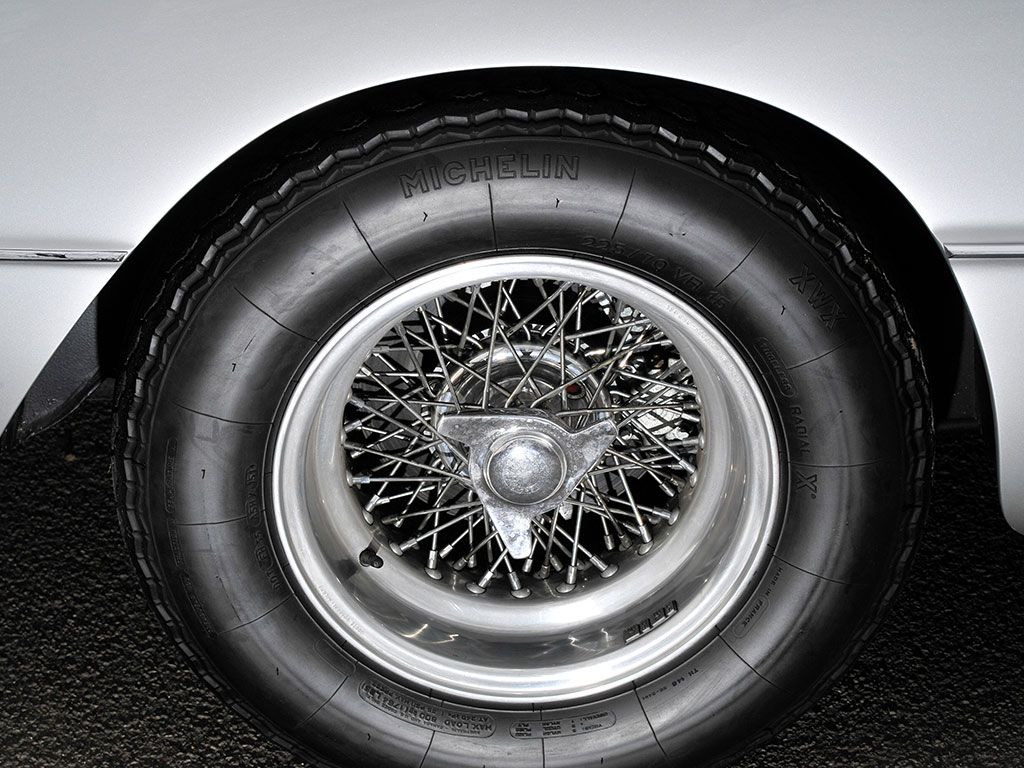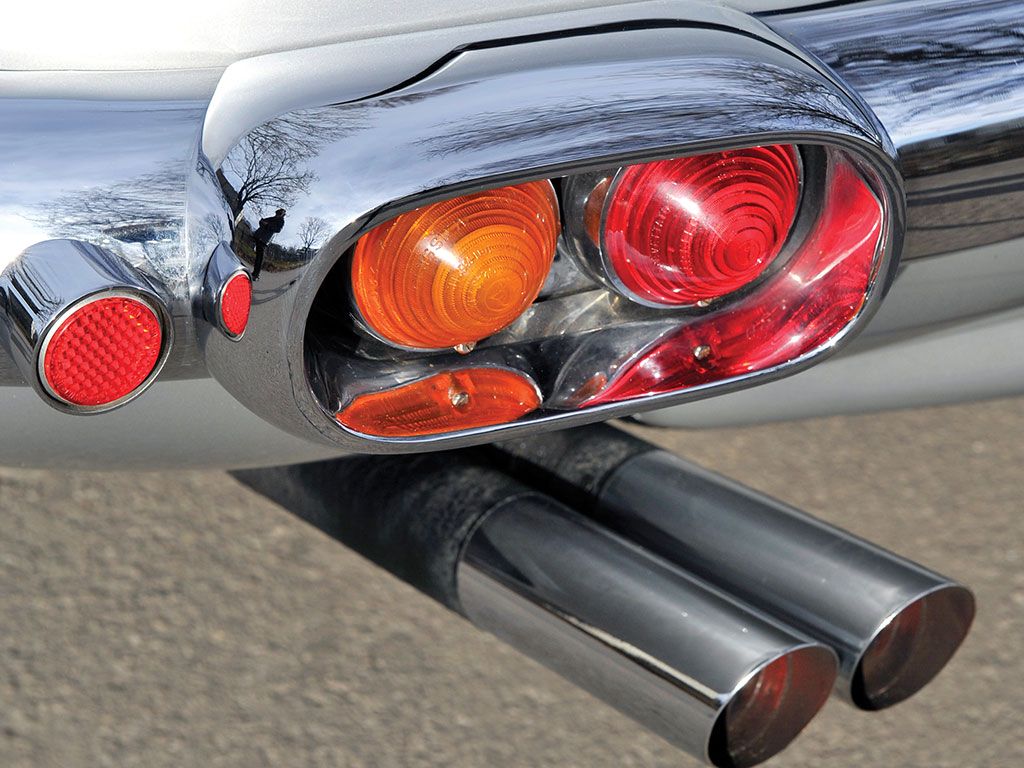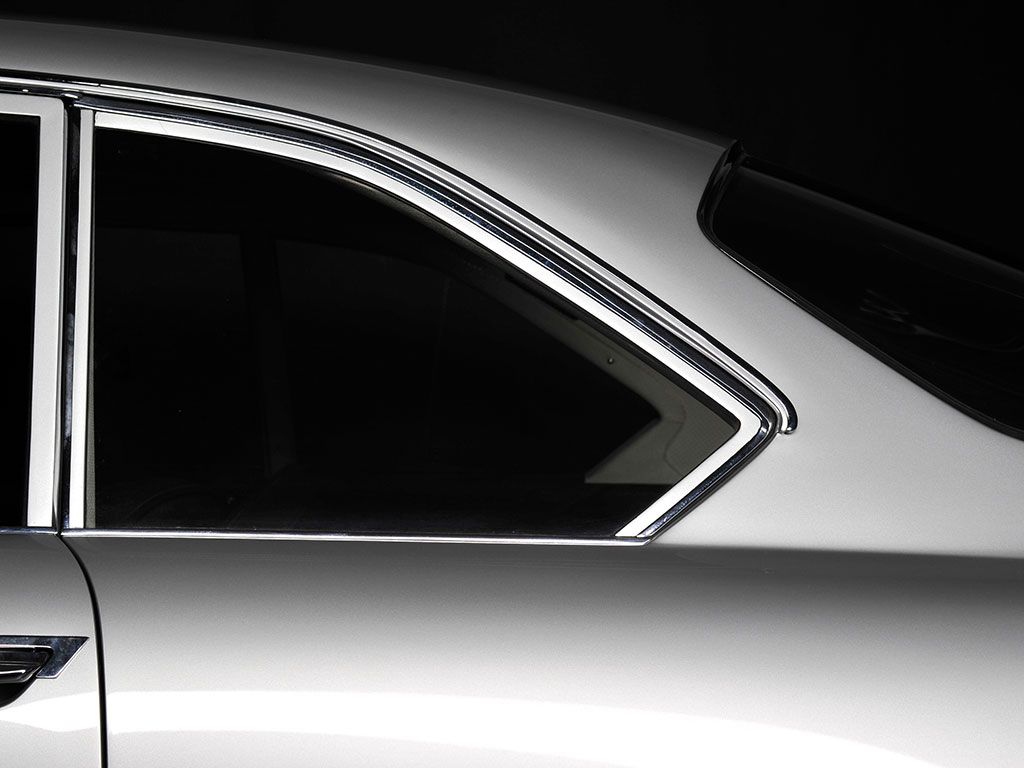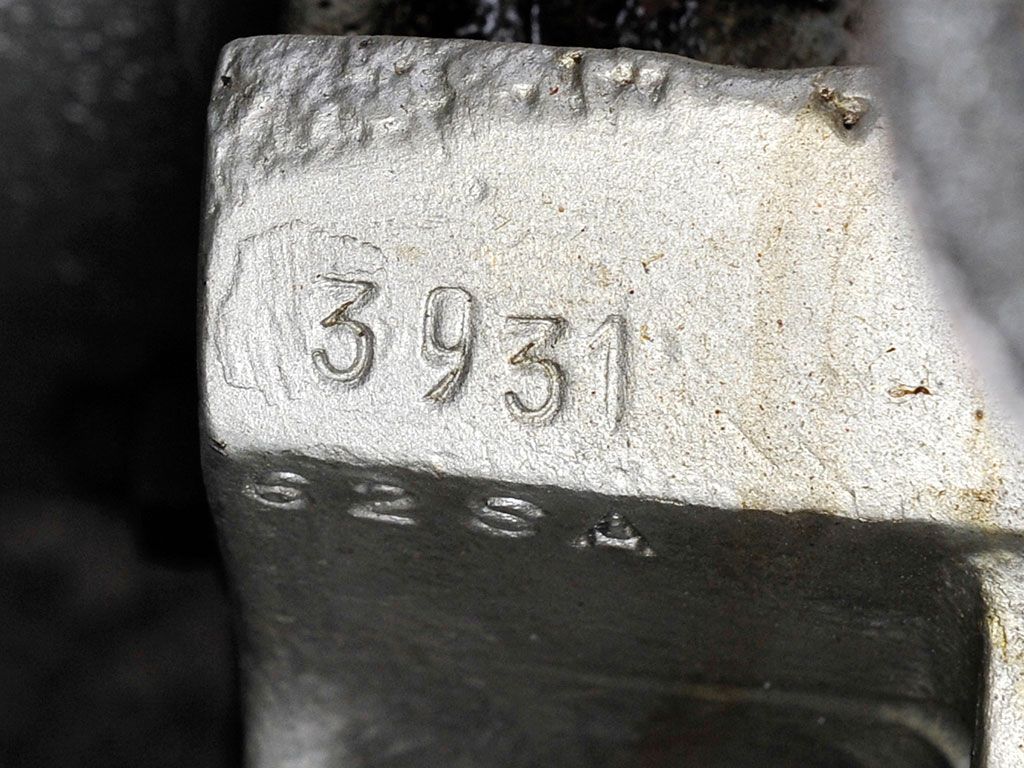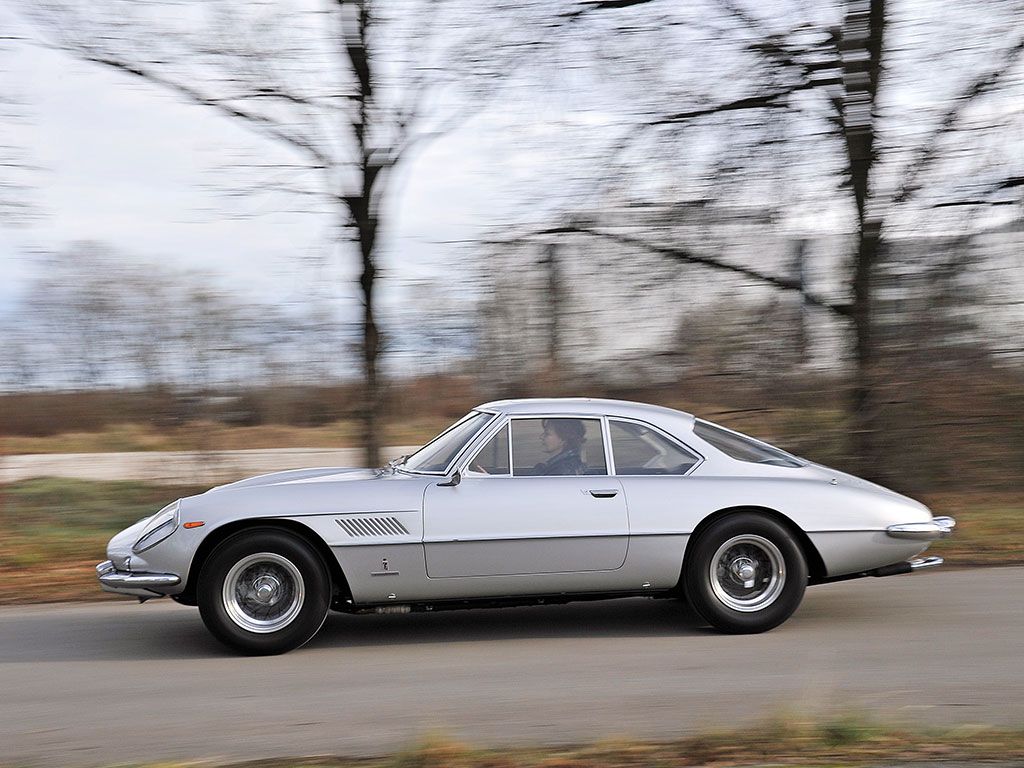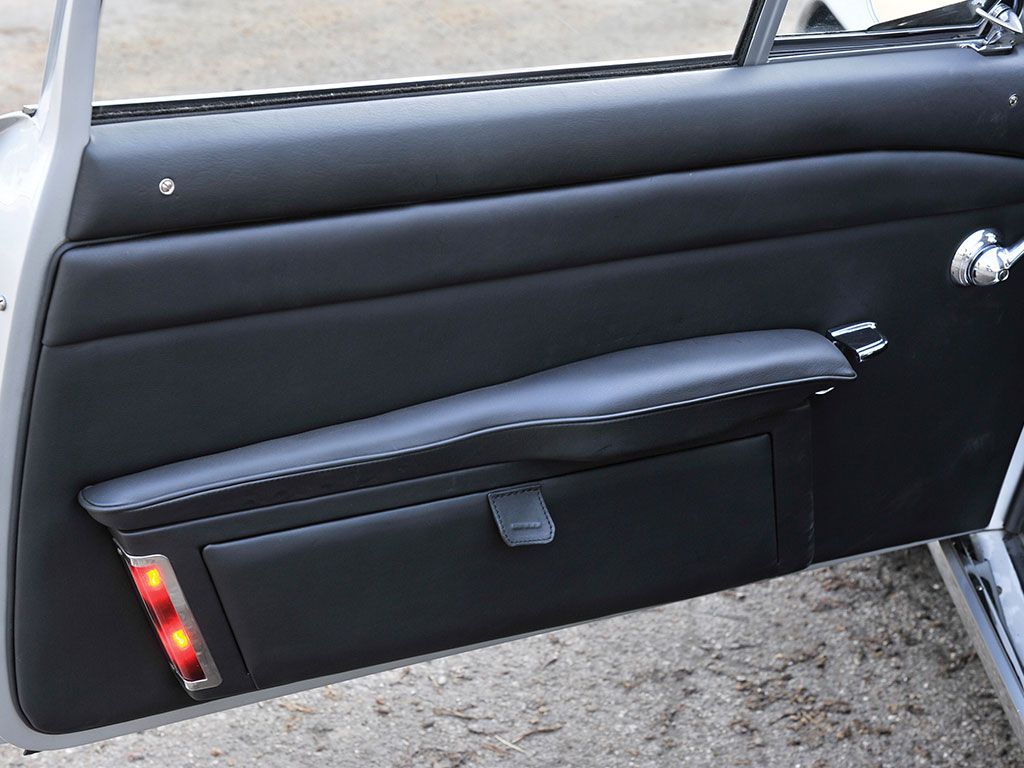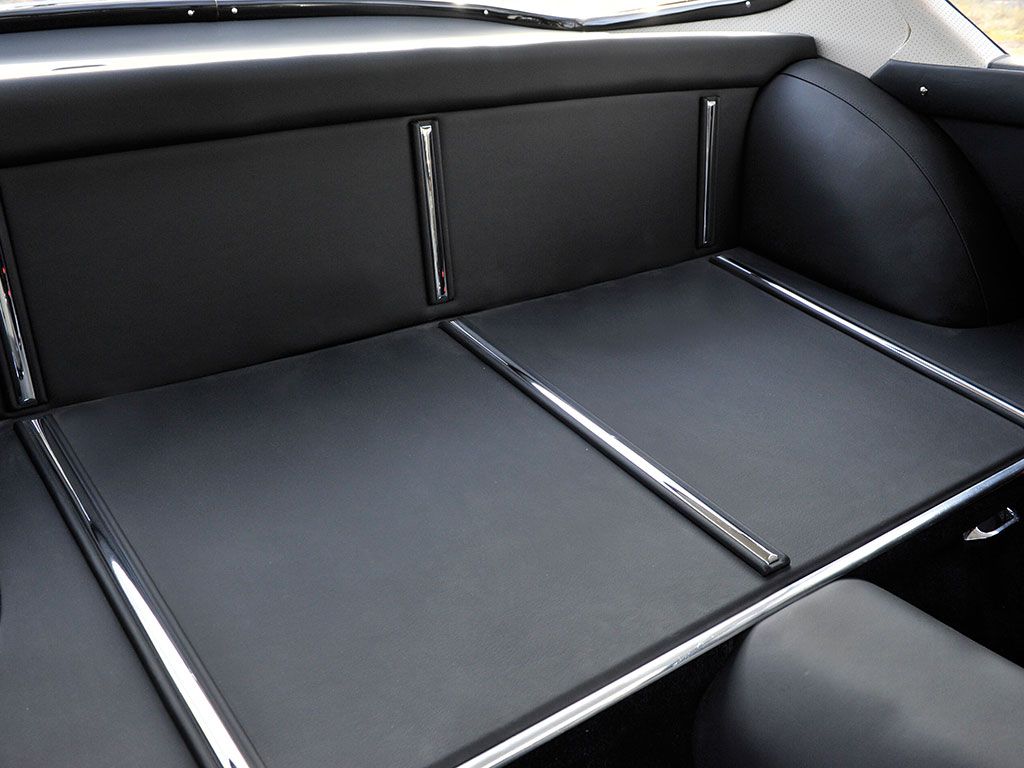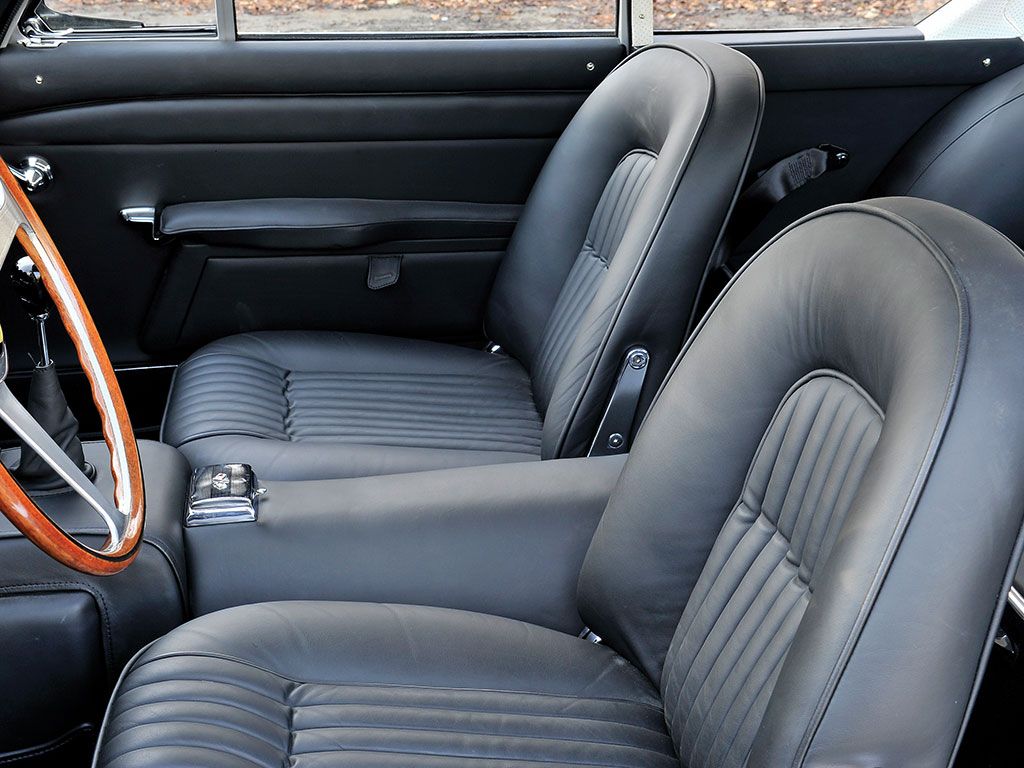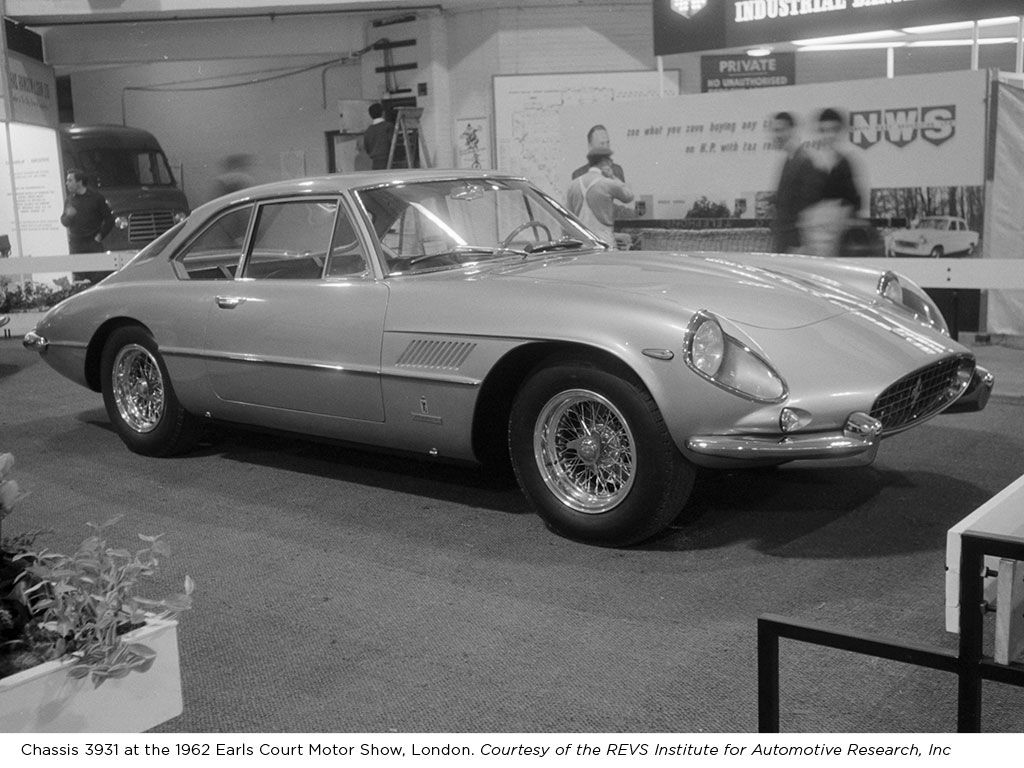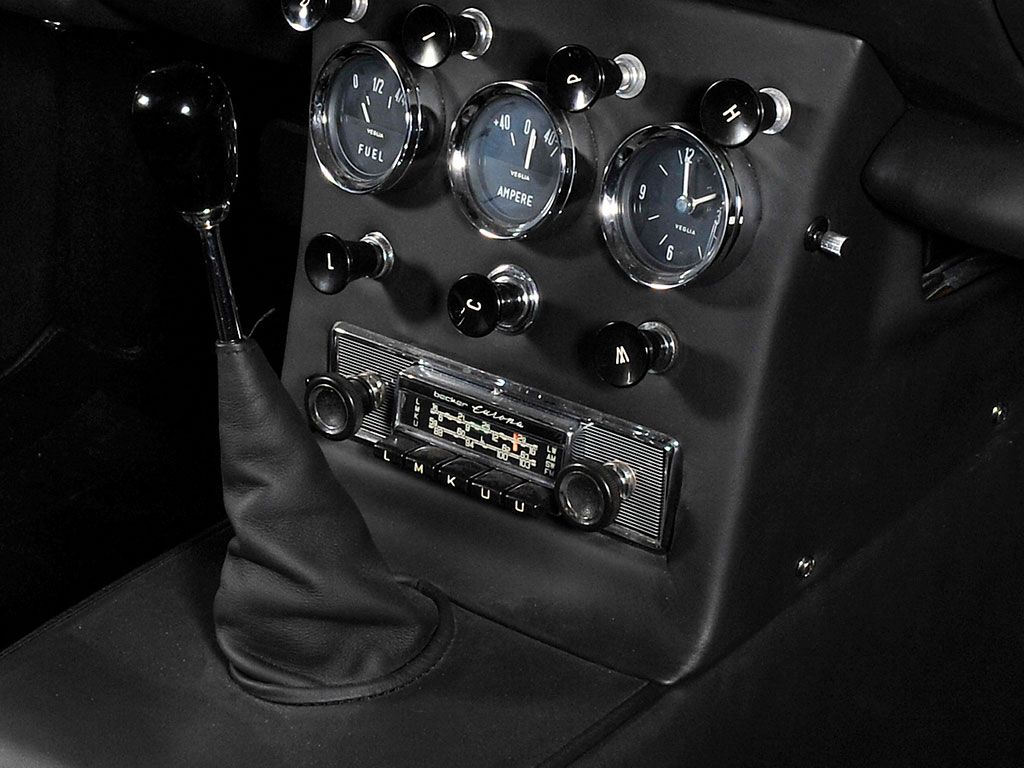In the days before the F40,->ke434 Ferrari->ke252 still made very special, very limited-production production models that sold for huge sums of the money. The difference was that in those days, the cars were grand tourers instead of sports cars,->ke506 belonging to a series known as the America cars. These were usually big GT cars with engines that were much bigger than those found in the rest of the Ferrari lineup. They had special styling and interiors that were much more luxurious than even the 2+2 Ferrari models. The 400 Superamerica fist debuted in 1959, with the Series II version debuting in 1962. And despite the name similarity, it bears no relation whatsoever to the later 400 2+2 of the '70s and '80s.
The 400 Superamerica->ke3513 sat at the very top of the Ferrari lineup during its lifetime, an era that also gave us the bulk of what are today the most valuable Ferrari models, and therefore the most valuable cars in the world. But unlike the more mainstream (if that is ever the right word for a V-12 Ferrari) models, the motorsports pedigree isn't so obvious with the Superamerica, but that in itself is something that makes the Superamerica unique, at least in this era of Ferrari.
Update 02/04/2016: The Ferrari 400 Superamerica LWB Coupe Aerodinamico sold for $3.3 million through RM Auctions. That price falls perfectly in line with RM’s predicted selling price between $3.2 and $3.6 million.
Continue reading to learn more about the Ferrari 400 Superamerica LWB Coupe Aerodinamico.
1962 Ferrari 400 Superamerica LWB Coupe Aerodinamico
- Make: Array
- Model: 1962 Ferrari 400 Superamerica LWB Coupe Aerodinamico
- Engine/Motor: V12
- Horsepower: 340 @ 7000
- [do not use] Vehicle Model: Array
Exterior
Beyond the basic Series I and Series II designations, there were four basic configurations for the 400 Superamerica. There was the “regular” body style and the Aerodinamico body by Pininfarina. On top of that, there is the short wheelbase and the long wheelbase. This particular example is an LWB with the Aerodinamico body. The car was built on the 250 GT/E chassis, but had much more curvacious bodywork. For non-Aerodinamico-bodied version of the car, the bodywork looks very similar to that of the GT/E, but the front fascia and fastback rear end are drastically different on this version.
Interior
The 400 Superamerica followed the usual practice of the America cars in that it was a 2+2 chassis and a body that looked like a 2+2, but actually just had two seats. In place of a back seat, there was a large luggage area that made the Superamerica unusually practical for a Ferrari. But apart from that, the layout of the interior is still similar to that of the 250 GT/E. The dash design is different though, and much more modern-looking than the still very '50s-looking dash in the GT/E. Without the back seat, the front seats are very roomy, and obviously everything is covered in fine leather.
Drivetrain
All Ferraris in this period and for some time after used a version of the original Colombo V-12 engine. Displacements could vary by quite a bit, and the two extremes during this period were the 3.0-liter engine in the 250, and the 5.0-liter version of the same engine in the 410 Superamerica. When the 400 Superamerica replaced the 410, Ferrari scaled back the engine size to 4.0 liters, but managed to still get the same 340 horsepower out of it.
And even though the total horsepower number didn't go up with the 400, when you consider that the 250 GT/E which was the car's closest relative only put out 237 horsepower, that 340 is still very respectable.
The naming convention of the America line changed with the 400 as well, with previous America cars getting their names from the engine's unitary displacement (displacement per cylinder), and the 400 Superamerica and the 500 Superfast that replaced it getting their names from the engine's total displacement.
Drivetrain Specifications
|
Type |
front, longitudinal 60° V12 |
|
Bore/stroke |
77 x 71 mm |
|
Unitary displacement |
330.62 cc |
|
Total displacement |
3967.44 cc |
|
Compression ratio |
8.8 : 1 |
|
Maximum power |
340 HP @ 7,000 RPM |
|
Top speed |
265 KM/H (164 MPH) |
Prices
Just 47,400 Superamericas were built, with just 32 of them being Aerodinamicos, and only 18 of those being LWB Aerodinamicos. Of course, all Superamericas are part of a very small production run no matter what their configuration, so rarity itself doesn't make the car unique from other configurations of the 400. But the Aerodinamico body is generally more desirable, not only for being more attractive, but also for being more distinct from the 250 GT/E.
The LWB is also generally preferred for its slightly more spacious interior. So this particular car is toward the more valuable end of the 400 Superamerica spectrum, but not by a gigantic amount, even though it is a numbers-matching example.
The car recently rolled across the auction block at RM Auctions for a price of $3.3 million U.S. dollars. Impressively, RM Auctions predicted the car would sell for between 3 million to 3.3 million Euros, or $3.2 million to $3.6 million at current exchange rates. That was an unusually narrow range, but given RM Auctions estimated correctly, the buyer likely got a good deal on a car with a predicable value.
Competition
Maserati 5000 GT
At this point in the company's history, the top-end mainstream GT cars was the 3500 GT. But at the special request of the Shah of Persia, Maserati built a limited of cars with bigger engines and new coachwork by Touring. The Italian industrialist and style icon Gianni Agnelli owned of of these and one 400 Superamerica, each with special one-off bodywork that was nearly the same for both cars. Just 32 5000 GT units were made, making it even more rare than the Ferrari.
Aston Martin DB4 GT Zagato
Sure, the Aston Martin DB4 was a pretty great car all on its own, and the DB4 GT was even better. But if you're looking for something hyper exclusive and incredibly beautiful, the DB4 GT Zagato is the way to go. Only 20 were built with the Zagato coachwork, and it is immediately recognizable as different from the rest of the DB4 run. The engine was even more powerful than the “regular” GT and considerably more powerful than the series DB4. Today they sell for huge sums.
Read our full review on the Aston Martin DG4 GT By Zagato here.
Conclusion
I don't have to tell you that this or any other of the America cars is special, that much is pretty obvious just from looking at them. But they do tend to be a little under appreciated, forever in the shadow of GTOs and California Spiders. This is a shame, since the cars were such spectacular early examples of money-is-no-object Ferraris. The extra luggage space and bigger engines with more low-end torque made them much more usable as well. Yet today you can buy ten of them for the price of one GTO. On the other hand, for those who want to buy a car purely for the enjoyment of it and not as an investment, this might not be entirely bad news.

